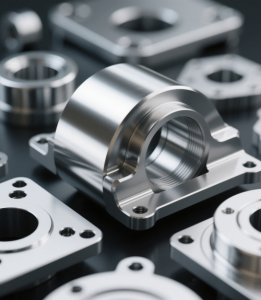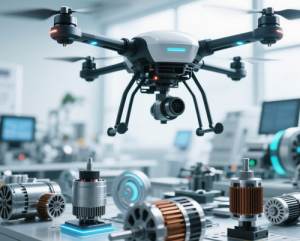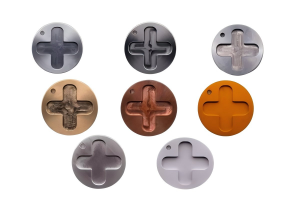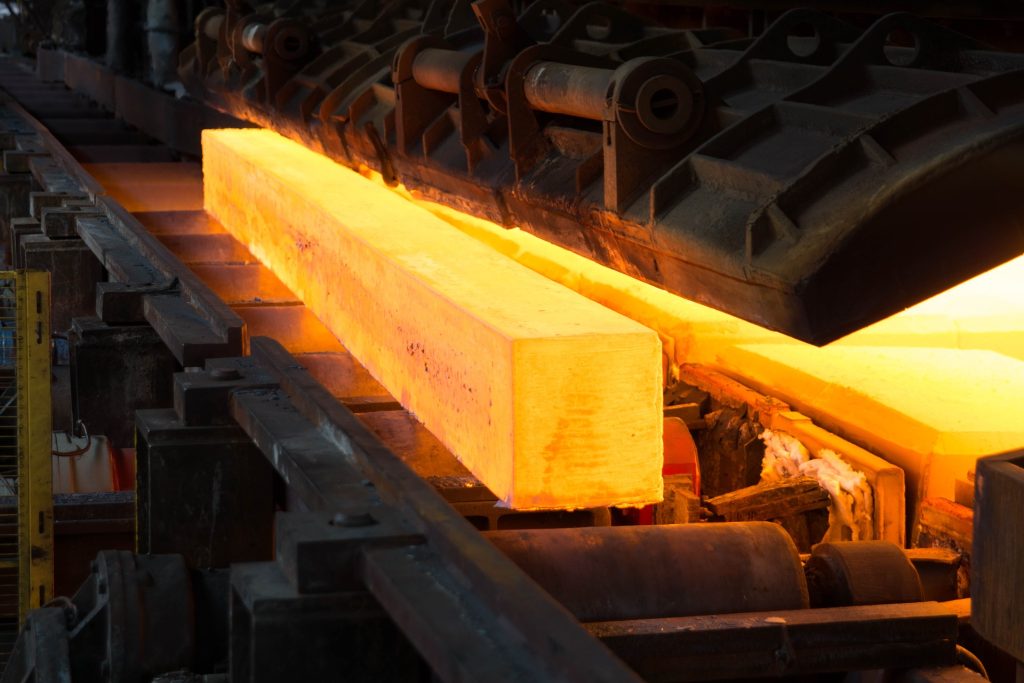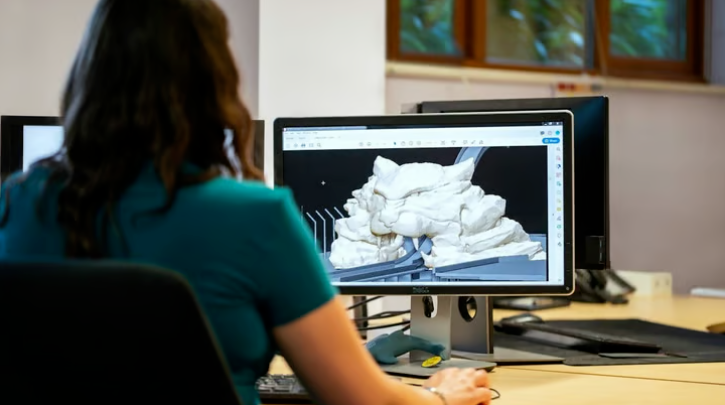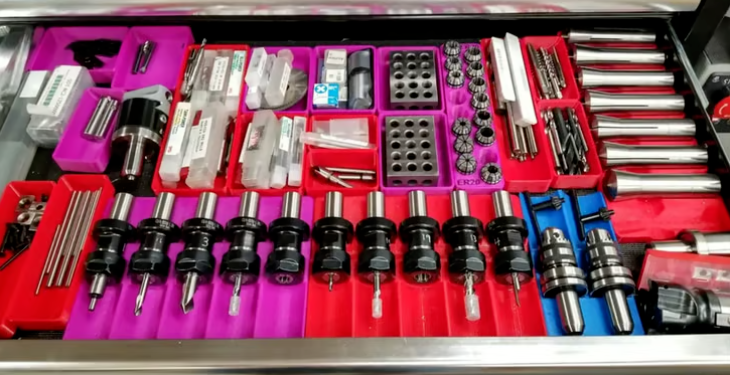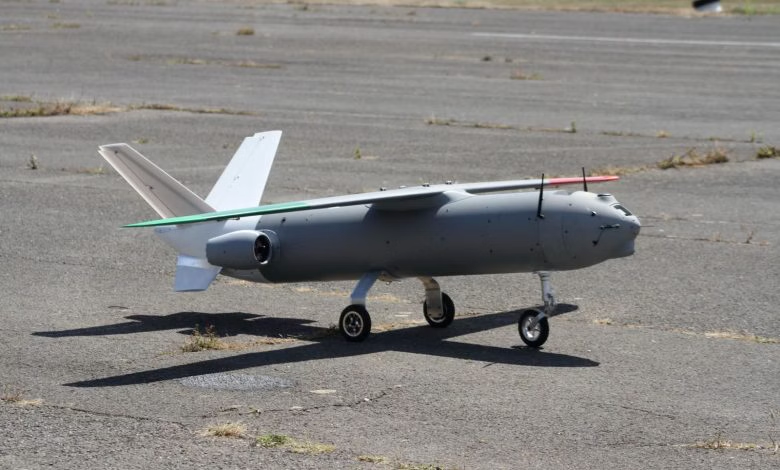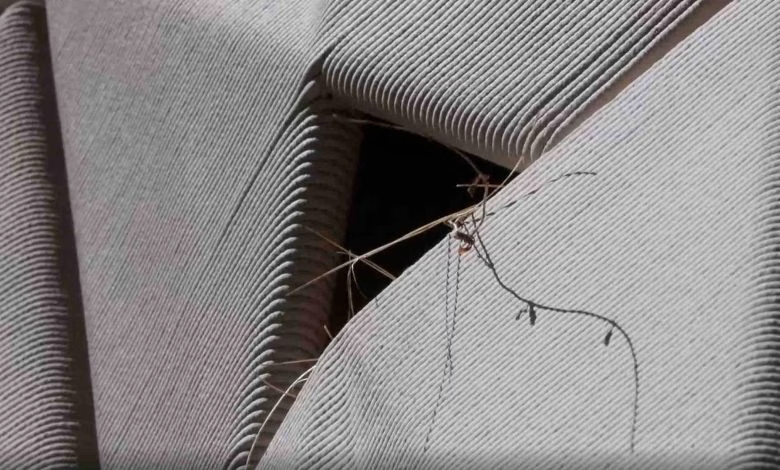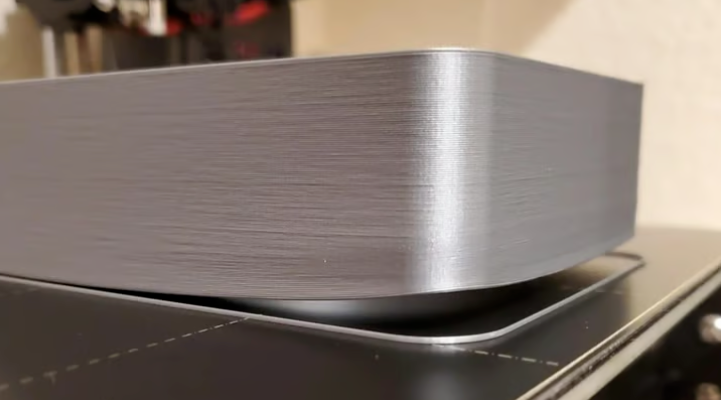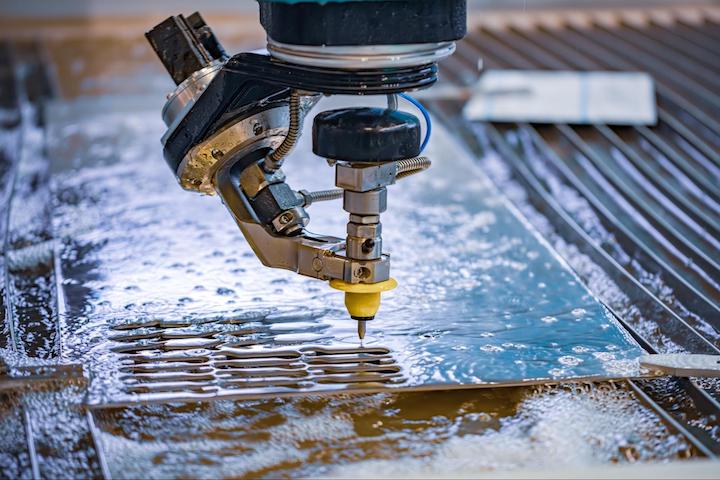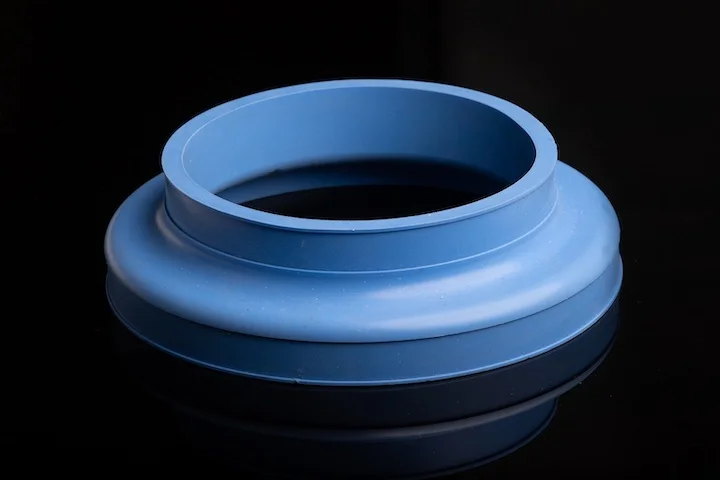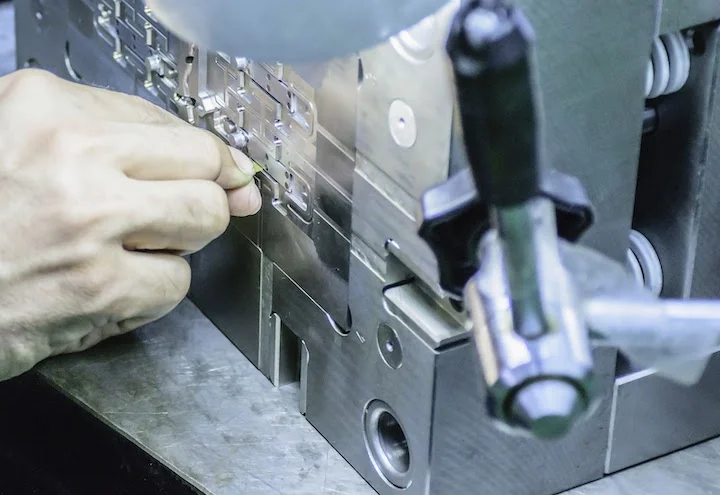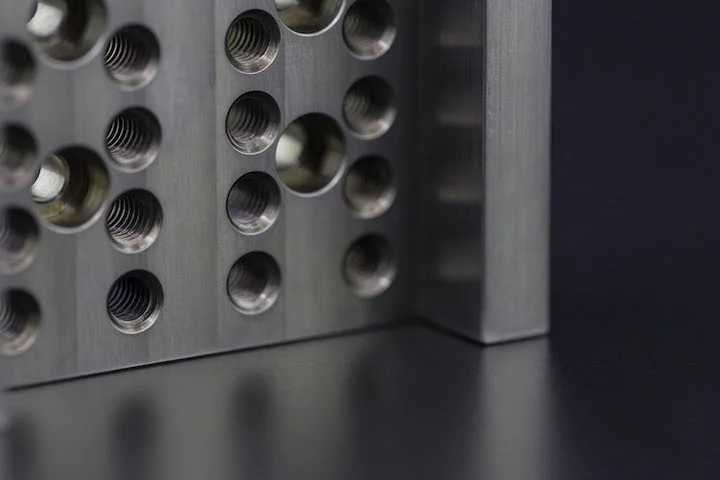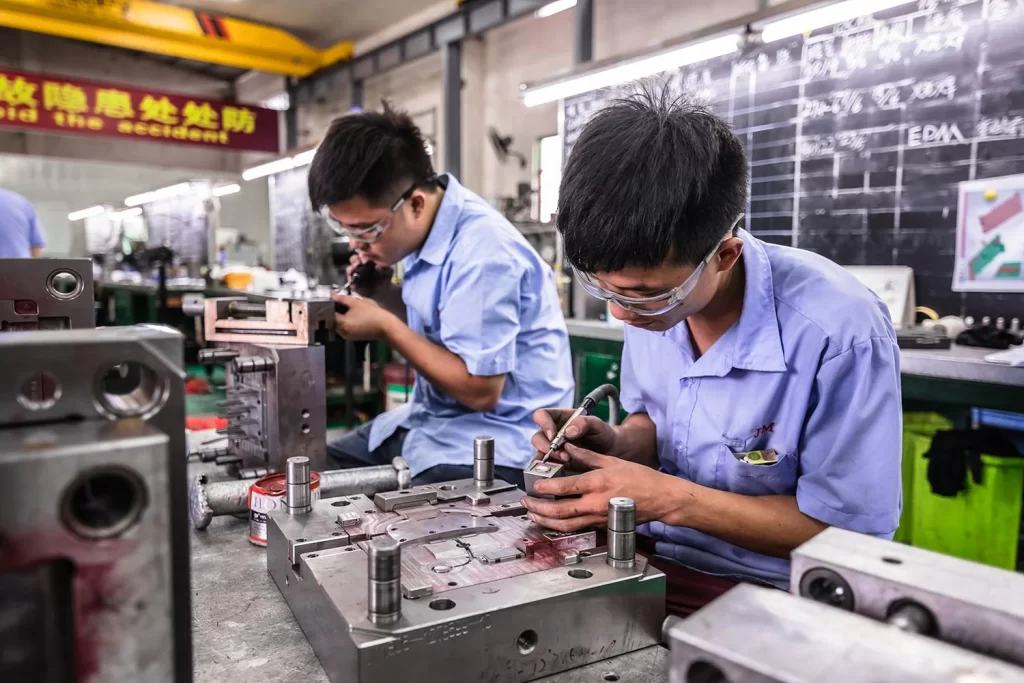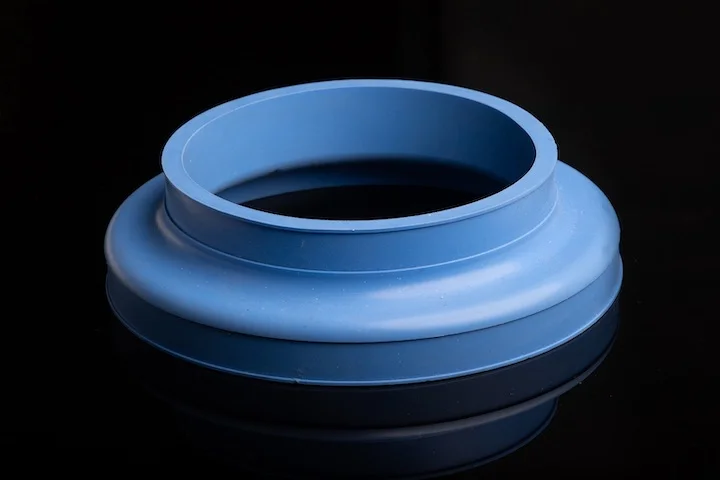RIC Robotics is previewing a “giant mecha” called Zyrex. This 6-meter-tall, 7-meter-arm-span autonomous (yet human-monitored) construction robot is scheduled to have its prototype launched in 2026. As a regular practice in the development of robotic construction technology, it is driven by artificial intelligence, and the company hopes that the robot will be capable of welding, cutting, woodworking tasks, and 3D printing. Essentially, it is a giant robotic construction worker that can perform multiple manufacturing processes.
The system is said to use a VLA (Vision-Language-Action) AI model for environmental navigation. Just as we are about to fall into a nightmare, Zyrex – or swarms of “Zyrexi” – may soon occupy future construction sites.
Xu Ziyou, founder of RIC Robotics, said:
“We are not building another ordinary robot – we are constructing the future of the construction industry. With Zyrex, we are solving the industry’s labor shortage problem and realizing large-scale skilled operations through powerful robotics. If Tesla’s Optimus is Iron Man of the Avengers, then Zyrex is the Hulk – except this Hulk is orange and designed for construction rather than destruction.”
The company hopes to keep the cost below $1 million and rent it for about $20,000 per month. The initial plan is to allow the robot to combine construction drawings and manual training of AI models through LIDAR and other sensors. The long-term goal is to achieve full autonomy. The robot is developed based on RIC-PRIMUS and RIC-M1 Pro robots. The company claims to have used these robots to print “two Walmart warehouse expansion projects – one in Tennessee, the other in Alabama, and 200 under construction projects across the United States”. It is said that one of the warehouses was completed in only one week, significantly saving costs. The Walmart project was completed in cooperation with Alquist 3D, but it was not mentioned in the press release.
The vision is beautiful: an all-round robot to cope with various construction tasks. This must make investors’ hearts beat faster. Of course, if RIC Robotics can achieve or approach its goals, its future will be unlimited. We know that mobile autonomous robots also have huge demand in disaster relief and military engineering fields. In these closed sites, letting robots work day and night may be implemented faster. However, for regular construction sites with complex terrain and constant flow of people and vehicles, I really can’t imagine. Autonomous road navigation seems simpler, but despite investing hundreds of billions of dollars in research and development for decades, the progress is still slower than expected.
The AI engineers needed by RIC are exactly the ones fiercely competed by Waymo, various departments of Google, Zoox, Pony.AI, Aurora and other companies. The annual salary of top AI talents can reach more than $500,000, and the salary of executives can reach $1.5 million. The estimated salary of Microsoft AI engineers is in the range of $150,000 to $250,000. LIDAR experts are also facing global competition. In the comprehensive talent war, RIC may have difficulty recruiting and retaining elites. When Google, Microsoft and OpenAI are competing for global information hegemony, it will be more difficult to retain talents in the flood of funds.
In addition, apart from the company’s own description, I can’t find much reliable information. No financing records or third-party data can be found to confirm its statement. The company name is arbitrarily switched between RIC Robotics, RIC Tech and RIC Technology. It is also unknown how Xu Ziyou changed from a business development manager to a founder. The company is now registered in Torrance, but its predecessor was in Hong Kong. We have long focused on the field of 3D printing construction and kept in touch with many experts, but RIC has never been mentioned. Looking at past press releases and LinkedIn, its robots are just KUKA robotic arms with concrete pumps. Increasing mobility will greatly increase complexity, and companies such as Constructions 3D in France have had similar solutions for many years. It is already an exaggeration for RIC to jump from a “box-type robotic arm” to a mobile “print-while-moving” robot and achieve autonomous operation, with a prototype completed in 2026, and it is even more absurd to realize functions such as welding by the way. If it can make a breakthrough in the short term, why not first develop a simpler autonomous floor-sweeping robot?
Although it is difficult to falsify future commitments, I am full of doubts about RIC’s statement. I never think they can make a credible prototype by the end of 2026. A concrete extruder with a wheeled base plus two robotic arms may be possible, but a semi-autonomous construction robot? It’s a fantasy. It’s purely an illusion to imagine a multi-functional robot that can perform concrete extrusion, material handling, welding and assembly, woodworking finishing, 3D printing and other tasks in the near future. Unless billions of dollars are invested, some functions may be realized. But the flexibility required for woodworking and the precision requirements of each process make the design of the end effector extremely complex. To achieve autonomous operation, it is necessary to obtain Waymo-level financial support.
Assuming that a DED robotic arm weighs 70 kg, the supporting robotic arm body needs 700 kg. The dual robotic arms are at least 1.5 tons, and the controller is about 400 kg. Adding the supporting structure, the total weight exceeds 2.5 tons. Existing construction 3D printers have a total weight of 0.4-2.7 tons, all of which are fixed-point operations. It is worrying to imagine a 6-meter-high wheeled vehicle weighing more than 2 tons moving and operating on the construction site. Referring to the Ford F350 Super Duty (with a total weight of about 6 tons) and the Iveco Daily (the concrete pump truck version weighs 16.7 tons), the mobility of Zyrex is questionable. The four-wheel design may be difficult to move on muddy construction sites, and the stability of the 6-meter-high structure equipped with swinging robotic arms for precision welding and woodworking is even more impossible to talk about.
I only see loopholes rather than cheese. Of course, similar technologies will eventually come out. But NASA has not yet been able to realize such an autonomous system, and current technologies are even less likely. The full autonomy of multi-functional large construction robots will require billions of dollars in investment. Can we see a prototype that can autonomously weld, 3D print and do woodworking in 2026? It’s absolutely impossible. This direction will eventually succeed, but I don’t believe it will be achieved by this company within the established time frame.
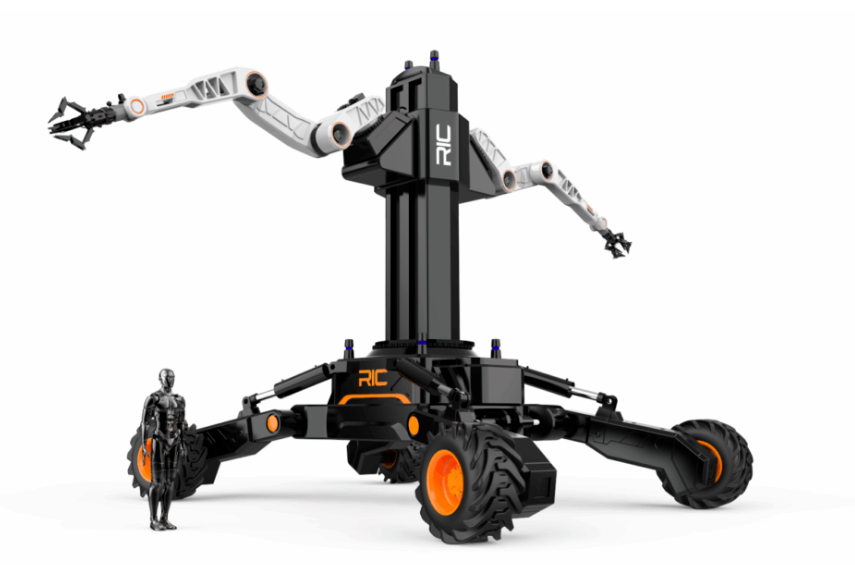
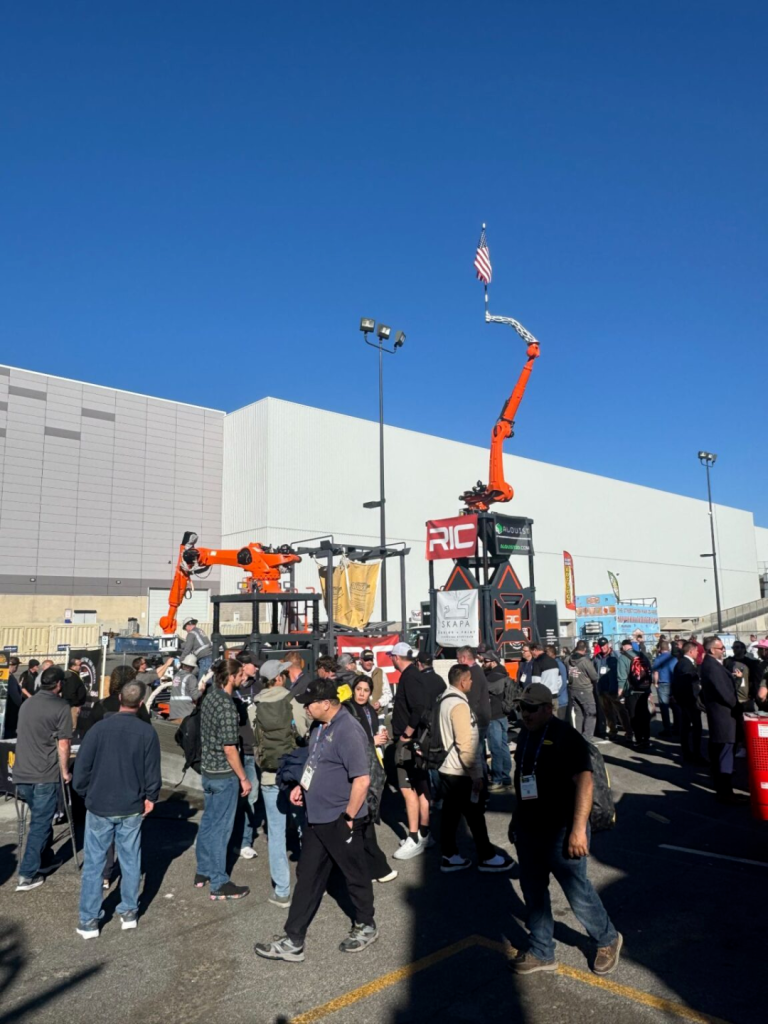
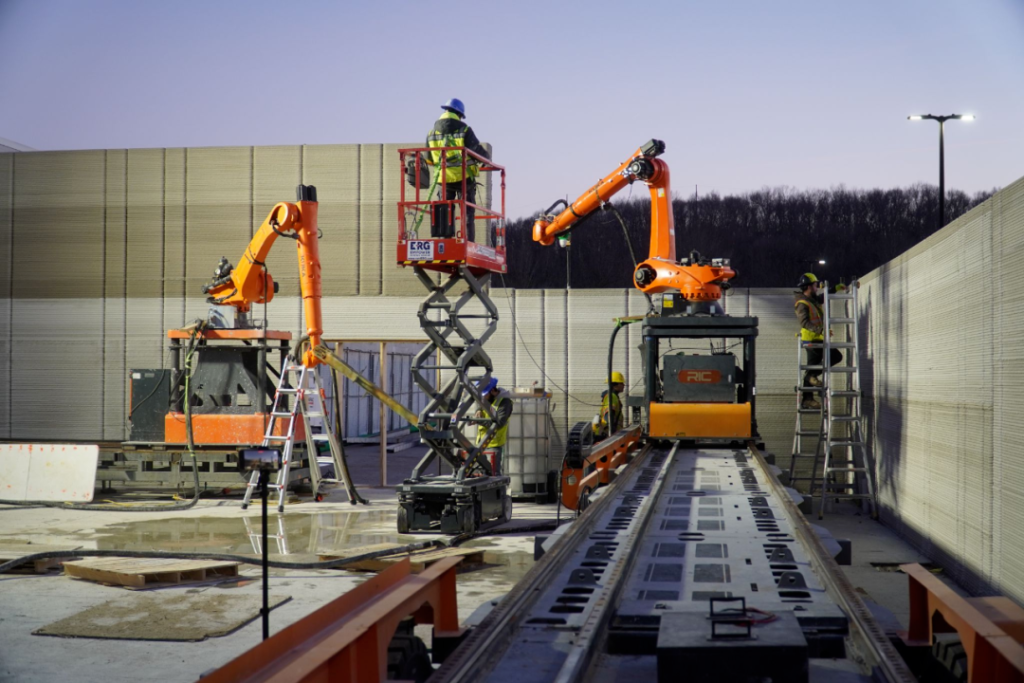
For more information, please contact Debaolong Seiko. You are also welcome to upload your designs to Debaolong Seiko for a quote.

